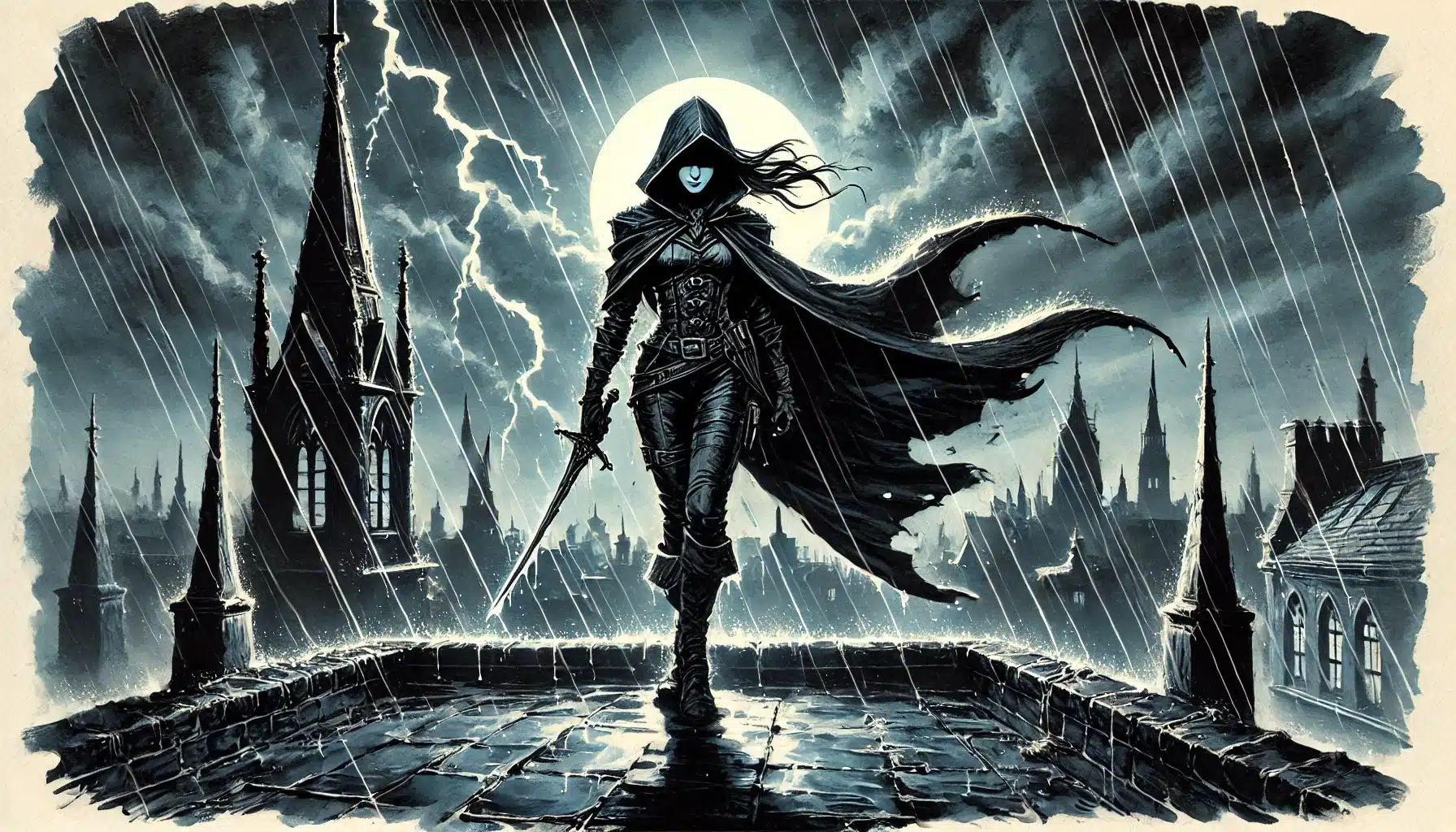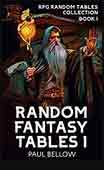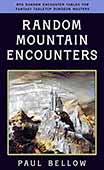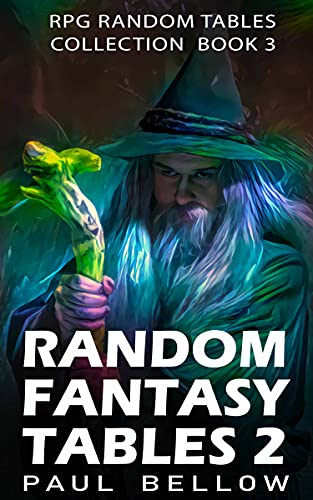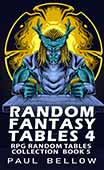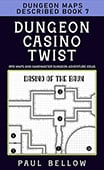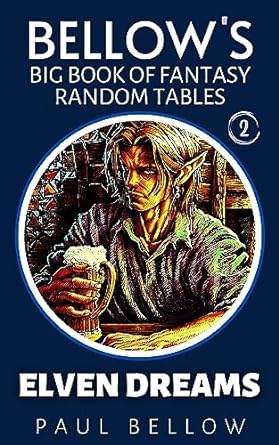Every Dungeon Master knows the anxiety: the table is set, the snacks are out, dice glint in the light—yet half your players drift off midway through the session, checking their phones, lost in the fog of boredom. Or perhaps they show up every week, but their characters feel like cardboard cutouts, mere pawns shuffled through battles and corridors. The greater challenge isn’t getting folks to come to the game; it’s keeping them truly, vibrantly involved.
In Dungeons & Dragons, engagement means far more than reliable attendance. True engagement is that electric spark you see when a player sits forward, eyes flickering with intrigue, clutching their character sheet as if it held real magic. It’s the difference between rote dice-rolling and hearts pounding as they weigh impossible choices. Engagement is the glue that binds a campaign, transforming it from a sequence of encounters into a legend in the making.
But here’s the harsh truth: even the most epic storylines and intricate dungeons can’t guarantee players will emotionally invest. Engagement is slippery, living somewhere between the lines of the module and the hopes of every DM. It’s less about dazzling set-pieces and more about the deep, genuine connection your players form with the world—and more importantly, with their own choices within it.
That’s the secret this article will reveal. The real engine of engagement is making your players feel seen, heard, and connected. Through intentional design, pacing, and personal touches, any DM—rookie or veteran—can transform disengaged tables into unforgettable adventures. Ready for actionable advice that actually works? Let’s dive in.
What Player Engagement Really Means
Before you can spark engagement, you must recognize its anatomy. At its core, engagement is the potent cocktail of a player’s active interest (their focus and energy during sessions), narrative investment (emotional attachment to the story and world), and mechanical satisfaction (the joy of using their character’s unique abilities to shape outcomes). When these three pillars converge, players tune in with a passion that can’t be faked.
Active interest manifests in a player’s body language, attention, and willingness to jump into the fray—whether that’s a tactical battle or a tense negotiation. This goes beyond simply doing stuff; it’s about being mentally present, eager to interact with both the DM and other players. When engagement is high, players are quick to collaborate, push boundaries, or solve problems as a team.
Try my AI Tabletop RPG generators...and an extensive library of content!
Narrative investment is the secret ingredient that gives a campaign its color. Players need to care not just about loot and levels, but about what happens to the characters and the world around them. This grows organically when PCs see echoes of their decisions in the unfolding plot, or when the fate of their allies, rivals, and homelands hangs in the balance.
Mechanical satisfaction means a player’s build, powers, and class features have their moment to shine. Letting a Fighter finally unleash that multi-attack combo, or a Bard change the course of the night with a clever use of “Charm Person,” cements a player’s sense of accomplishment and belonging.
Signs Your Players Are Engaged:
- They reference past events or callbacks from previous sessions
- They actively take notes or sketch maps
- They stay off their phones or outside distractions
- They initiate roleplay—even outside their comfort zone
- They ask questions about NPCs and the world
- They make and discuss character-driven decisions
- They plan and strategize—sometimes even between sessions
- They physically lean in during tense moments
- They debate consequences and theorize about mysteries
- They express excitement or disappointment at outcomes
- They invent downtime activities or request custom scenes
- They jump quickly into new plot hooks or out-of-combat scenes
- They interact with other players’ storylines and subplots
Of course, no one is switched “on” 100% of the time. Engagement ebbs and flows—a perfectly normal part of long campaigns. The true mark of a strong Dungeon Master isn’t keeping the energy sky-high every minute, but knowing how to rekindle the spark, session after session, with carefully-designed bursts of narrative, challenge, and connection.
When you make space for those high points—moments of tension, triumph, or introspection—players remember why they fell in love with the game in the first place. Engagement isn’t a permanent state; it’s a pattern of meaningful moments, expertly curated.
⚔️ Fantasy RPG Random Tables Books
Make life as a Gamemaster easier…
If you play Dungeons & Dragons, Pathfinder, or other fantasy RPGs, this
RPG random tables series
is packed with encounters, NPCs, treasure, and more. Available in eBook or print—either way, you’ll have a wealth of adventure ideas at your fingertips.
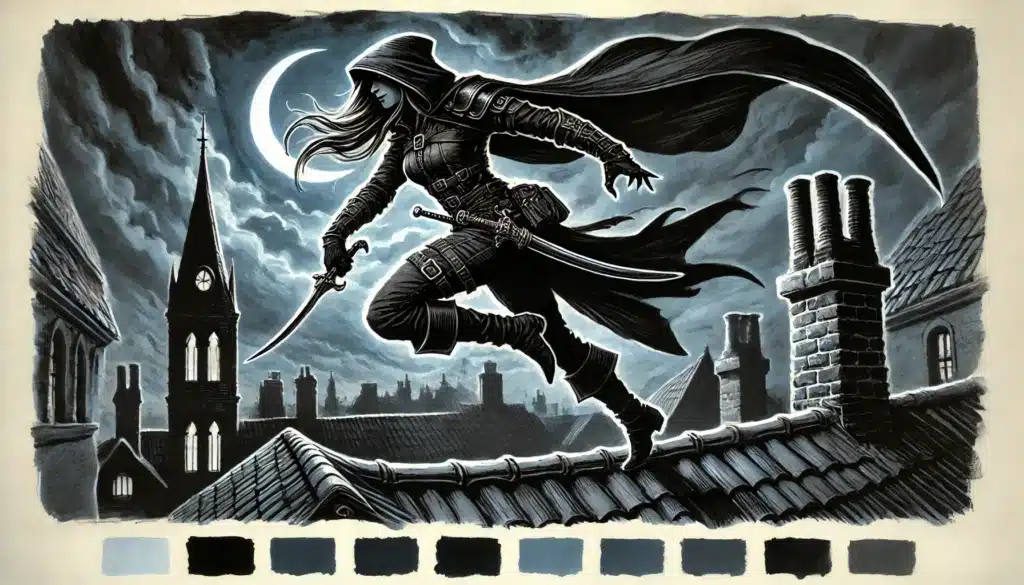
The Real Secret: Making the Game About Them
If there’s one incantation every DM should etch on their GM screen, it’s this: the game is about the players. Not the plot you crafted, not the world’s deepest lore, but the unique narrative that emerges when player characters are given room to surprise you. Engagement skyrockets the moment a player realizes that their choices matter, that the world will bend—sometimes shatter—around the impact of their actions.
Player-centric storytelling means shifting the spotlight from DM-driven spectacle to collaborative drama. When a PC’s backstory collides unexpectedly with the campaign’s major threat, or an impulsive choice sends ripples through the kingdom, the player behind the character is pulled in at a gut-punch level. It’s no longer “the DM’s story with our characters tagged on.” It’s their story, and suddenly, every decision counts.
Memorable campaigns are patchworks of these player-driven moments. It’s not about always saying yes, or coddling the group. Instead, it’s about designing arcs, moments, and even mechanics that feel handcrafted for the quirks, fears, and ambitions of the actual people at your table.
DM Tricks to Prioritize Players:
- Weave character backstories directly into main plots or side quests
- Adjust campaign arcs based on how the table reacts to story beats
- Craft pivotal NPCs whose goals are intertwined with PCs’ goals
- Offer spotlight moments tailored to every player (not just the face or tank)
- Pay attention to players’ offhand comments or pipe-dreams, then make them relevant
- Use player choices—even “wrong” ones—to drive plot, not punish
- Give every player a chance to resolve a personal arc
- Change world details or obstacles to fit revealed character traits
- Introduce consequences for PC actions both large and subtle
- Remind the group of past choices impacting current events
- Encourage and facilitate inter-PC conflicts and alliances
- Reach out between sessions for feedback or secret scenes
- Offer unique rewards or abilities based on character motivations
- Let players narrate moments or environments when appropriate
The world, in these games, becomes a living, breathing organism—that’s partly a reflection of the players sitting around your table. When every decision, failure, and victory leaves a mark, players don’t just engage; they invest, emotionally and creatively.
The magic really happens when the world feels responsive. That’s the difference between trudging through a railroaded story and careening down a winding, player-built path. When players see their fingerprints on the campaign, curiosity and excitement become impossible to resist.
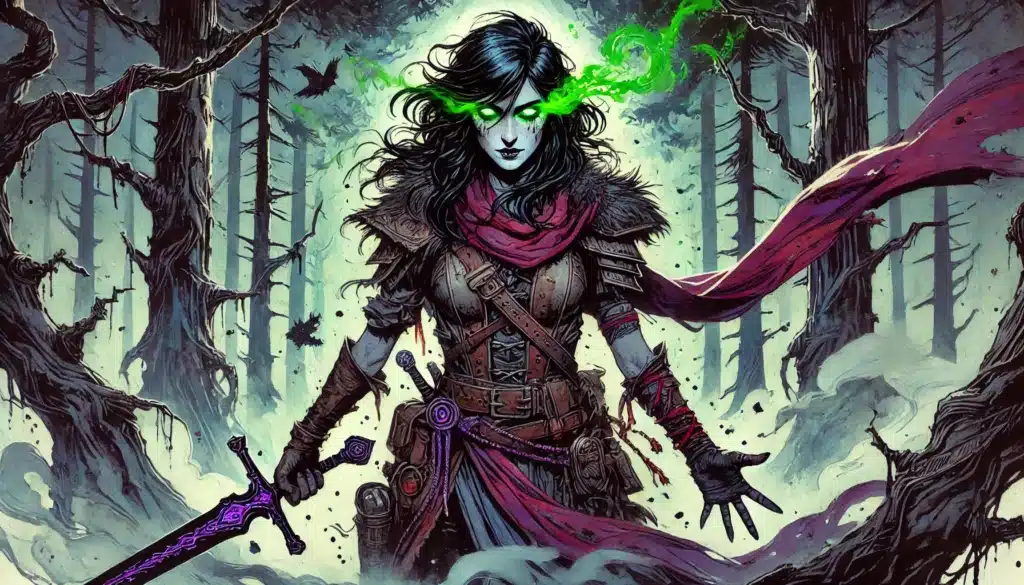
Building Hooks That Actually Hook
It’s an old DM maxim: “Every story hook should grab.” But no sword-and-sorcery MacGuffin, no ancient prophecy, hooks everyone equally. The true art is personalizing hooks to the particular dreams and dangers that haunt your group. When you stitch narrative questions to your players’ backstories and ambitions, you create tension that demands a response.
Crafting hooks isn’t about inventing ever-greater magical catastrophes; it’s about making the stakes matter on the most personal level possible. Imagine presenting a story seed and watching a player’s eyes widen because it feels like the world is whispering directly to their character—a secret tailor-made for their ears alone.
Think about what uniquely pulls at each PC: guilt, hope, rivalry, principle, family, faith. The best hooks are lightning rods to unresolved character drama, designed to offer answers only if the party braves the storm.
Sample Personalized Adventure Hooks:
- Rogue: A long-lost sibling turns up—hunted by the same thieves guild the Rogue betrayed
- Cleric: A holy relic from their order resurfaces, but it’s haunted by sacrilegious power
- Wizard: A former arcane rival is seen testing a new, dangerous magic nearby
- Fighter: Their old mercenary company is in town, marred by rumors of betrayal
- Druid: The forest spirits speak of unnatural blight—tied to the Druid’s own origins
- Paladin: The party must rescue a hostage who once rescued the Paladin in their youth
- Bard: A long-forgotten muse reappears, now leading a rival band of minstrels
- Ranger: Their animal companion has gone missing, last seen in forbidden lands
- Warlock: The patron demands a favor, the cost of which could doom an innocent
- Barbarian: A distant tribe claims the Barbarian’s legacy as their own
- Sorcerer: A blood relative, once believed mundane, now displays volatile magic
- Monk: The monastery is in crisis; their old master is accused of heresy
- Artificer: An invention’s plans are stolen, and appear in the hands of a war criminal
- Any: An NPC from a shared backstory pleads for the party’s help—against all odds
Remember: the greatest hooks aren’t scattered like birdseed by the DM, but are already nestled in the winding vines of your players’ own creations. Those single throwaway details in backstories? That’s narrative gold. Dig in and build your adventures around the hooks your group has already gifted you.
When your adventure feels like a conversation, not a lecture, players chase those hooks with wild enthusiasm. They aren’t solving your puzzles—they’re seeking answers to the personal riddles you designed just for them.
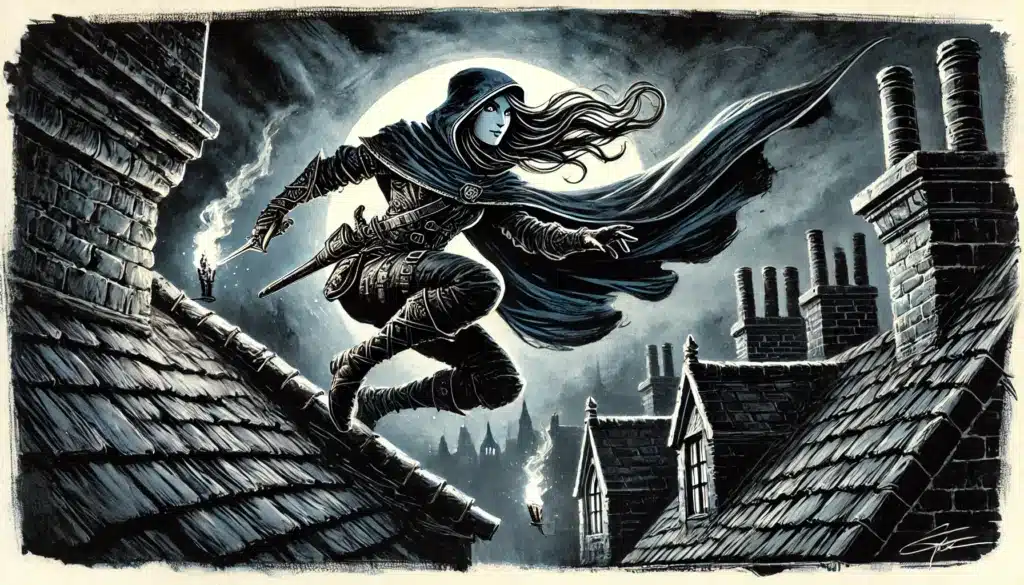
Engagement Through Agency
If engagement is the fire, agency is the kindling. Nothing draws in players past the point of no return like the sense that their actions truly matter, or that the story could—at any moment—twist according to their choices. Consistent agency transforms your campaign from a guided tour to an adventure with real stakes, suspense, and surprise.
⚔️ Fantasy RPG Random Tables Books
Make life as a Gamemaster easier…
If you play Dungeons & Dragons, Pathfinder, or other fantasy RPGs, this
RPG random tables series
is packed with encounters, NPCs, treasure, and more. Available in eBook or print—either way, you’ll have a wealth of adventure ideas at your fingertips.
Agency means offering meaningful decisions, not just the illusion of choice. Players should face moments where any path could lead to victory or disaster, and it’s up to them to decide what matters most. This can manifest as razor-edged moral quandaries, the shifting loyalties of factions, or the nuts-and-bolts tactics of combat. The common thread? Players see consequences echo and expand throughout your world.
When a choice reverberates outward—whether causing a town to thrive or burn, forging alliances, or shattering relationships—players become emotionally invested in outcomes. They crave the next twist, the next hard decision, because they know nothing is set in stone until they act.
| Choice Type | Player Payoff | Sample Outcomes |
|---|---|---|
| Narrative | Influence | Changing the fate of a town after defending (or betraying) it |
| Tactical | Rewards | Choosing a stealthy infiltration vs. a direct assault determines loot, danger, and story beats |
| Interpersonal | Drama | Siding with one party member over another reshapes group dynamics and personal arcs |
| Moral Dilemma | Growth | Sparing or killing a defeated foe haunts future opportunities, NPC attitude, or alignment |
| Factional | Worldbuilding | Accepting patronage from a shadowy guild opens new quests but makes old allies wary |
The beauty of agency is that it feeds itself: the more your group feels their choices send ripples across your campaign, the more eager they become to shape what happens next. Curiosity becomes habit, and even quiet players find themselves itching to affect change.
Ultimately, this is about trust. When you, as DM, prove that player decisions will always lead to meaningful consequences—good or bad—your players will never want to skip the next session. Every game becomes a living tapestry, stitched together by their actions.
Mechanical Buy-In Matters Too
While narrative and drama are the heart of engagement, don’t underestimate the power of the dice—or the character sheet. Players pour hours into optimizing builds, inventing combos, and imagining stunt-worthy feats. Let them taste the fruits of that labor! When you spotlight the unique mechanics of each PC, you respect not just the character, but also the player’s investment in creating something special.
Give every class and race moments to shine on their own terms. The Druid’s shapechanging shouldn’t feel like a weird afterthought—let it tilt encounters in clever directions. For some, rolling a huge damage number or pulling off a world-breaking combo is just as satisfying as a heartfelt speech in a tavern.
When mechanical moments are woven into the narrative—“The Rogue disables the trap just in time,” “The Fighter’s last HP withstands the demon’s blow”—you energize the table. The rules aren’t a barrier to story; they’re another avenue for players to express agency and witness the impact of their choices.
Mechanical Spotlighting in Action:
- Giving the Rogue a complex heist, filled with traps and secret passageways
- Letting the Druid solve a blighted land by mapping connections between ecosystems
- Crafting a “boss battle” that highlights the Fighter’s resilience and multi-attack
- Allowing the Wizard to decipher an ancient script no one else understands
- Setting up a social encounter where only the Bard’s charm can save the party
- Engineering a sequence where the Monk can exploit their speed and mobility
- Designing magical creatures that react directly to the Warlock’s patron
- Giving the Barbarian a chance at solo combat against an overwhelming odd
- Setting up a siege where only the Artificer’s inventions can turn the tide
- Introducing an archery duel for the Ranger, with environment-based challenges
- Presenting a moral quandary best resolved with the Cleric’s skills (and faith)
- Rewarding outlandish combinations that force players to use class features creatively
Treating mechanics with respect—never as mere obstacles to narrative—ensures every player has a chance to shine. When players see that their build choices matter in big, story-relevant moments, their tactical and emotional investment grows in tandem.
Balanced mechanical engagement isn’t about flawless encounter design. It’s about reminding players that their unique abilities will always find their moment in your story.
Social Contracts and Session Flow
Even the most intricate plot, bursting with hooks and choices, will flounder if the table’s energy fizzles or players feel left out. The unspoken agreements and rhythms—your group’s “social contract”—can make or break engagement before initiative is even rolled. In other words, table vibe matters.
Start with a Session 0—your “before the adventure” narration. Here’s where you lay down expectations, address tone, encourage boundaries, and discover what excites each player. It’s not a formality; it’s the groundwork for trust.
Throughout the campaign, maintain good pacing: plan for breaks, encourage side chatter when appropriate, and pay attention to the balance of spotlight. No one wants to feel like a background extra in the tale of the Bard and the Paladin. DMs who rotate focus, use creative initiative orders, and invite quieter players to step up keep everyone feeling vital and valued.
Table Strategies for Sustained Engagement:
- Rotate scene focus so each player gets moments to shine
- Use initiative order for social or exploration encounters, not just combat
- Establish “RP windows” (set times for in-character scenes between plot beats)
- Take regular breaks to maintain table energy
- Actively check in with quieter players about their goals and comfort
- Allow players to “tap in” or “tap out” of scenes without shame
- Celebrate player-driven moments (with inspiration, narrative rewards, etc.)
- Set group guidelines for side chatter—sometimes it’s a creative spark, sometimes a distraction
- Clearly signal when a scene is shifting to prevent unintentional sidelining
- Encourage group debriefs or “roses and thorns” after sessions
- Institute fast, democratic decision-making for stalled debates
- Share table duties—note taking, rules lookup, initiative tracking—to foster buy-in
- Maintain safety tools like the X-card, lines and veils, or open-door policies
No strategy survives the entire campaign unaltered, but the DMs who check in—“How are you liking things? Want more of X, less of Y?”—are the ones whose players stick around for years. Adjust, adapt, and above all, listen.
In the end, engagement is an ongoing conversation. When you treat your players as partners—not just audience—you create a space where everyone wants to come back, week after week, to see what happens next.
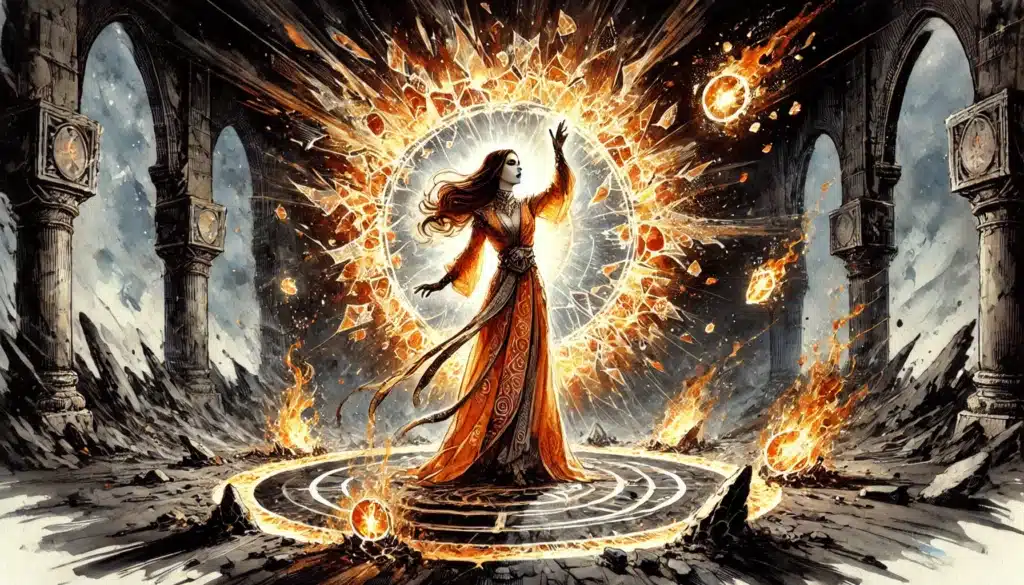
Final Thoughts on Making Engagement Easy
Let’s dismiss the myth: engagement isn’t a single trick. There is no magic word or flawless dungeon map that will transport every player into the realms of their imagination. Instead, engagement is a living culture—a philosophy that must echo in your design, your narrative, your collaboration at the table.
The true secret is surprisingly simple. Make your world about the players. Weave their storylines into yours, structure the game to foster real decisions, and be intentional about offering each player their own slice of the spotlight. Build your narrative around their dreams and dilemmas, and you’ll unlock a level of participation most DMs only dream about.
Try my AI Tabletop RPG generators...and an extensive library of content!
This shift—from narrator to facilitator—is what elevates a good DM to a legendary one. You’re no longer the god behind the screen, but the conductor of symphonies you could never have composed alone. When your players feel ownership, agency, and respect, they blossom into the heroes—and sometimes the villains—they yearn to be.
Engaged players don’t just fill seats; they create stories you’ll retell for years. They remember every shocking twist, every desperate gamble, every quiet moment. These aren’t just game sessions—they become myth, the legends your group will treasure long after the dice are silent.
In the end, the greatest campaign isn’t the one with the most monsters or the cleverest traps, but the one where every player leaves the table feeling like they matter. That’s the real secret to making D&D player engagement easy—and unforgettable.

